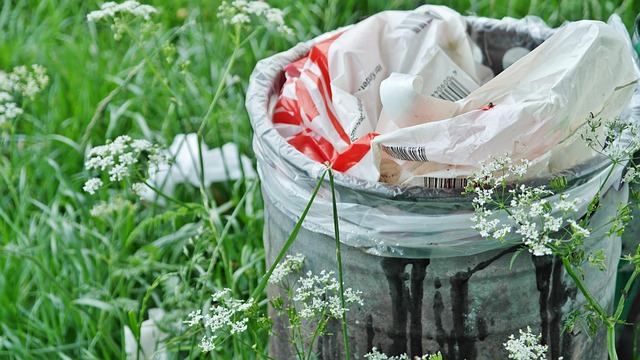Embracing Sustainable Garden Design
In a world increasingly dominated by concrete and steel, the concept of urban ecological architecture emerges as a beacon of hope for a greener tomorrow. With every passing day, our cities grapple with the impacts of urbanization, climate change, and dwindling natural spaces. Yet, amidst this concrete jungle, we possess the power to cultivate lush, vibrant gardens that breathe life into our surroundings, rejuvenate the environment, and foster a deeper connection with nature.
The Importance of the Environment
The environment is not just a backdrop to our lives; it is the very foundation that sustains us. By integrating eco-friendly practices in garden design, we can create ecosystems within our urban spaces that contribute positively to the environment. Sustainable gardens not only enhance biodiversity but also improve air quality, reduce urban heat, and help manage rainwater runoff. Imagine stepping into a green oasis where the hum of friendly insects and the rustle of leaves remind you of the beauty and resilience of nature.
Gardening: A Therapeutic Connection with Nature
Gardening is more than a pastime; it is a therapeutic journey that allows us to reconnect with the natural world. Every seed planted is an act of hope, a commitment to nurturing life. Urban ecological architecture encourages us to use native plants, which require less water and no harmful chemicals, thus promoting harmony with local wildlife. As we dig our hands into the soil and witness the transformation from seedling to flourishing plant, we foster an understanding of the delicate balance that drives ecosystems. This connection with nature can alleviate stress and enhance our overall well-being, making each garden a sanctuary of peace in the hustle and bustle of city life.
Going Green: Practices for Eco-Friendly Garden Design
Embracing sustainable garden design means adopting green practices that prioritize the health of the planet. Here are a few ideas to bring the spirit of urban ecological architecture into your gardening:
- Rain Gardens: Create a rain garden to capture runoff and filter pollutants, allowing water to slowly soak into the soil.
- Composting: Develop a composting system to recycle kitchen waste, enriching your soil with nutrients and reducing landfill contributions.
- Diversity in Planting: Choose a variety of plants, including flowers, vegetables, and shrubs, to support local pollinators and create a balanced ecosystem.
- Vertical Gardens: Utilize vertical space in urban environments to maximize greenery while saving precious ground area.
Cultivating a Green Future
Every decision we make regarding our gardens has the power to influence our environment. Through urban ecological architecture, we can transform small patches of land into thriving ecosystems that embrace the beauty of nature. As we grow a garden that reflects our commitment to sustainability, we take a step toward safeguarding the environment for future generations. The vibrant colors, soothing scents, and life buzzing around our urban gardens remind us that we are part of something greater. With every plant we cultivate, we nurture hope and contribute to a greener tomorrow.




